Update 9/19/20: Spanish Cedar Plywood Added to CITES Appendix II
Long anticipated due to the ongoing shortage and regulation of Spanish Cedar lumber, now the manufactured Spanish Cedar plywood has been added to CITES appendix II. Up until now the distribution of manufacture of the plywood allowed for face veneers to be sourced from both Southern American Spanish Cedar, but also African sourced, plantation Spanish Cedar. The later species was not listed on CITES, but with most Spanish Cedar plywood being manufactured in Brazil, we can expect severely limited quantities of the product going forward. We anticipate that Spanish Cedar plywood on the whole may disappear from the market unless an African mill can start to produce a quality panel using the plantation sourced veneer.
Spanish Cedar For Humidors
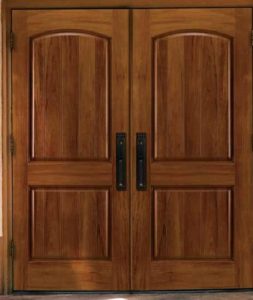
Spanish Cedar has been a popular species for a long time. Spanish Cedar for humidors is in fact so common that humidor makers actually call it “Cigar Wood” for its excellent moisture regulation properties. Home builders love using it as an exterior wood for stain grade projects. It looks and acts just like Genuine Mahogany but can be bought for around the half the price, so the choice seems obvious. Well, it has been more than 2 years since I last wrote about the difficulties of importing good Spanish Cedar. Guess what, it hasn’t gotten any better. I think it is clear this isn’t a slump in the supply chain, but a paradigm shift. Rising prices, low availability, and substantial quality concerns are a fact of life now, and caution must be taken when buying Spanish Cedar, or the user must find an alternate species.
Spanish Cedar is CITES Appendix II Listed
Let’s look first at why the supply has fallen off so much. First of all, Spanish Cedar is not a dominant tree in the South and Central American forests. It has never grown in the volumes like Mahogany or Ipe. There are no mills that specialize in Spanish Cedar, and usually any inventory they have just happens to occur as a by product of another species like Genuine Mahogany. Second, Spanish Cedar is a CITES appendix II species so the trade is heavily regulated in order to prevent it from becoming endangered.
There is no denying that previous generations of loggers have not acted as responsibly as they should have. Spanish Cedar definitely suffered because of that. Now CITES regulation is doing a great job in controlling how much Cedar can be exported. As a side effect to this, even less Spanish Cedar is being harvested, because of the additional difficulties in getting certification to be able to sell the Cedar at all. Most saw mills are just omitting Spanish Cedar from their concessions completely, because even if they cut it down and saw it, they don’t understand how to comply with CITES, or the entire process just takes too long to make it profitably worthwhile for them. In most cases the people running these mills have to sell their trees just to survive and cannot afford to have inventory sitting around for years once it has been cut.
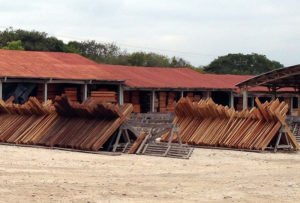
As an example, we placed an order for several containers of Spanish Cedar from a long time supplier in South America more than 2 years ago. About 9 months ago, they had the quantity gathered and ready to ship. As of now they still have not been able to get the CITES paperwork sorted out, so they have decided to sell the material locally, and our order with them was cancelled. Only because of the long standing nature of this business were they able to hold on that long. However even the most robust organizations cannot have inventory sitting around for a year without realizing some financial gain from it.
The upshot to all this is fewer and fewer mills are even cutting Spanish Cedar. In other words, they are abandoning the product completely. This could be very good for the species as a whole, but perhaps you can see why I call this a paradigm shift. Don’t count on Spanish Cedar suddenly becoming more available.
Not all of this is doom and gloom. Spanish Cedar is still available in small quantities, and there are some great alternate species that are much easier to get. Finally, there are plantations dedicated to Spanish Cedar over in Africa to consider. In our next article on Spanish Cedar we will discuss these options and provide some tips to navigating this dynamic Spanish Cedar market. But in the long run, we think it is best to find alternate species as the writing is surely on the wall for this species to be unavailable in the future.

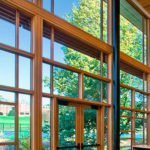
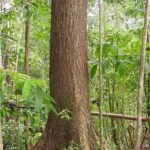
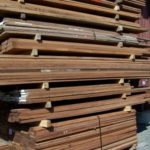
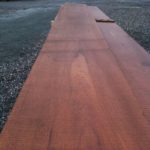
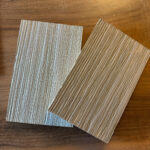
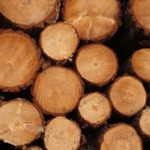


Leave a Reply